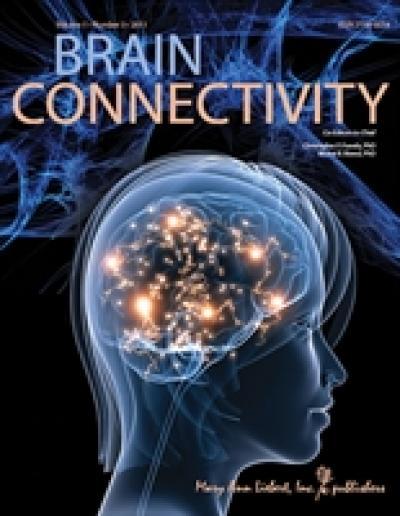New Rochelle, NY, September 26, 2011—Magnetic resonance tractography (MRT) is a valuable, noninvasive imaging tool for studying human brain anatomy and, as MRT methods and technologies advance, has the potential to yield new and illuminating information on brain activity and connectivity. Critical information about the promise and limitations of this technology is explored in a forward-looking review article in the groundbreaking new neuroscience journal Brain Connectivity, a bimonthly peer-reviewed journal published by Mary Ann Liebert, Inc. (www.liebertpub.com).
Diffusion tractography allows scientists to visualize and determine the location of white matter in the brain. If current technological challenges associated with MRT are recognized and overcome, such as limitations in its accuracy and quantification, this imaging technique could make a significant contribution to the field of brain connectivity and to an understanding of how information and signals are transmitted across the brain, according to Saad Jbabdi and Heidi Johansen-Berg, University of Oxford, U.K., in the review article entitled, "Tractography: Where Do We Go from Here?"

Brain Connectivity is the journal of record for researchers and clinicians interested in all aspects of brain connectivity. The Journal is bimonthly and is available in print and online. For more information and to read a sample online issue, please visit www.liebertpub.com/brain.
(Photo Credit: ©2011, Mary Ann Liebert, Inc., publishers)
"This emerging technology offers a new window into human brain anatomy. The technique has enormous potential for revealing the architecture of the human brain and its breakdown in disease. Recent developments mean that some of the limitations and challenges associated with this technique could be effectively tackled in the near future" says Heidi Johansen-Berg, PhD, co-author and Professor of Cognitive Neuroscience and Wellcome Trust Senior Research Fellow at the University of Oxford Centre for Functional MRI of the Brain.